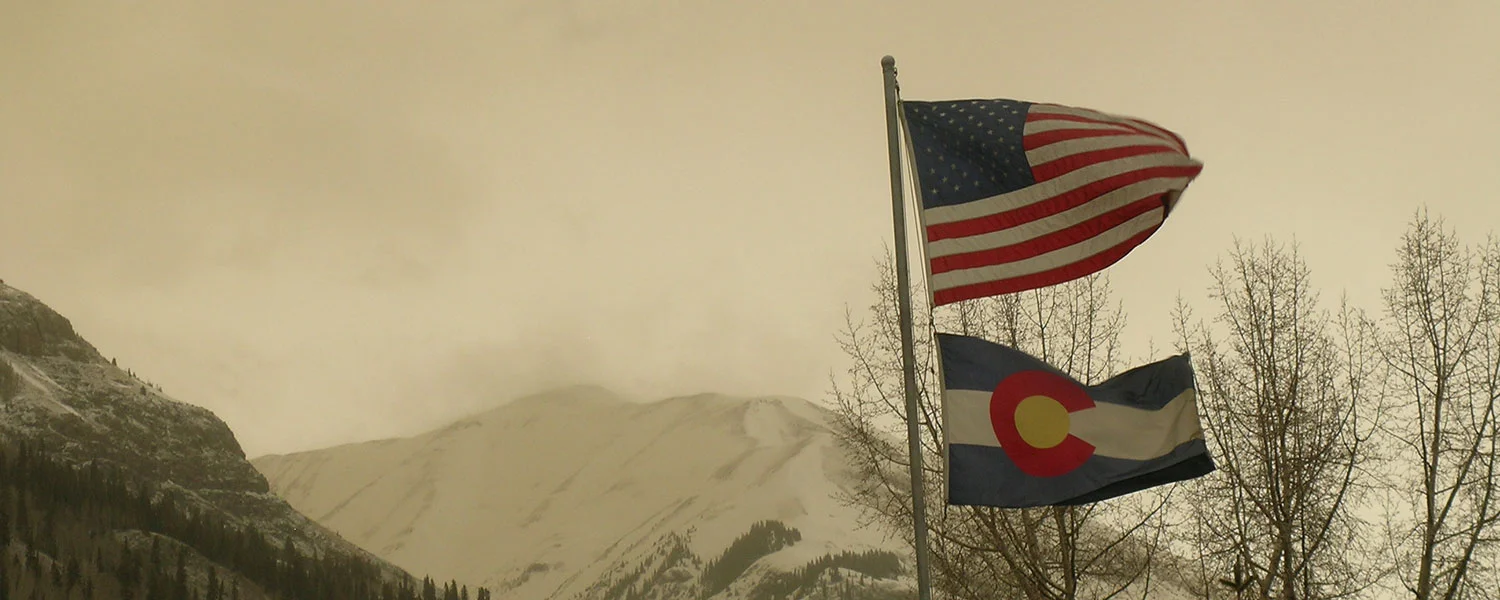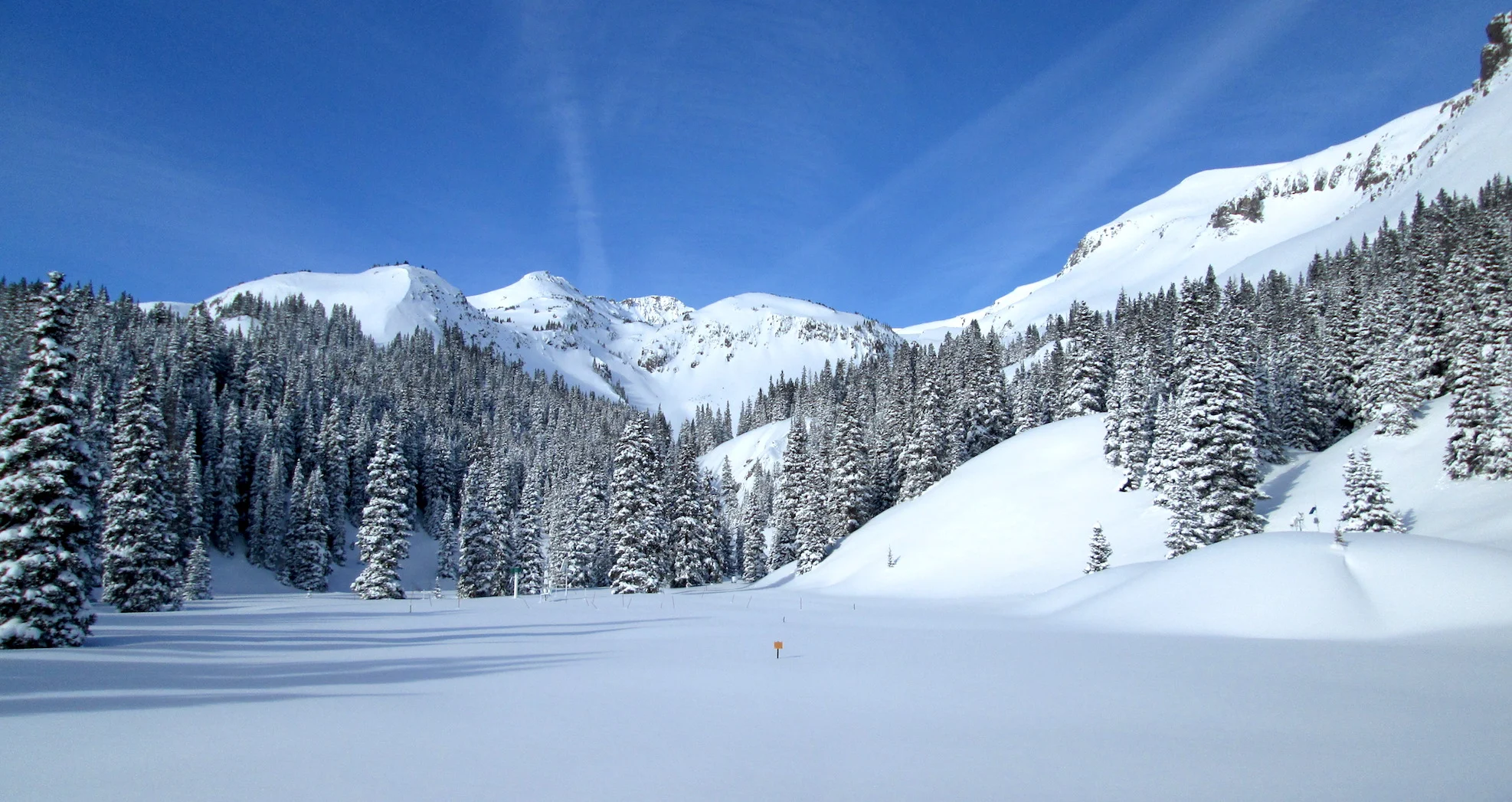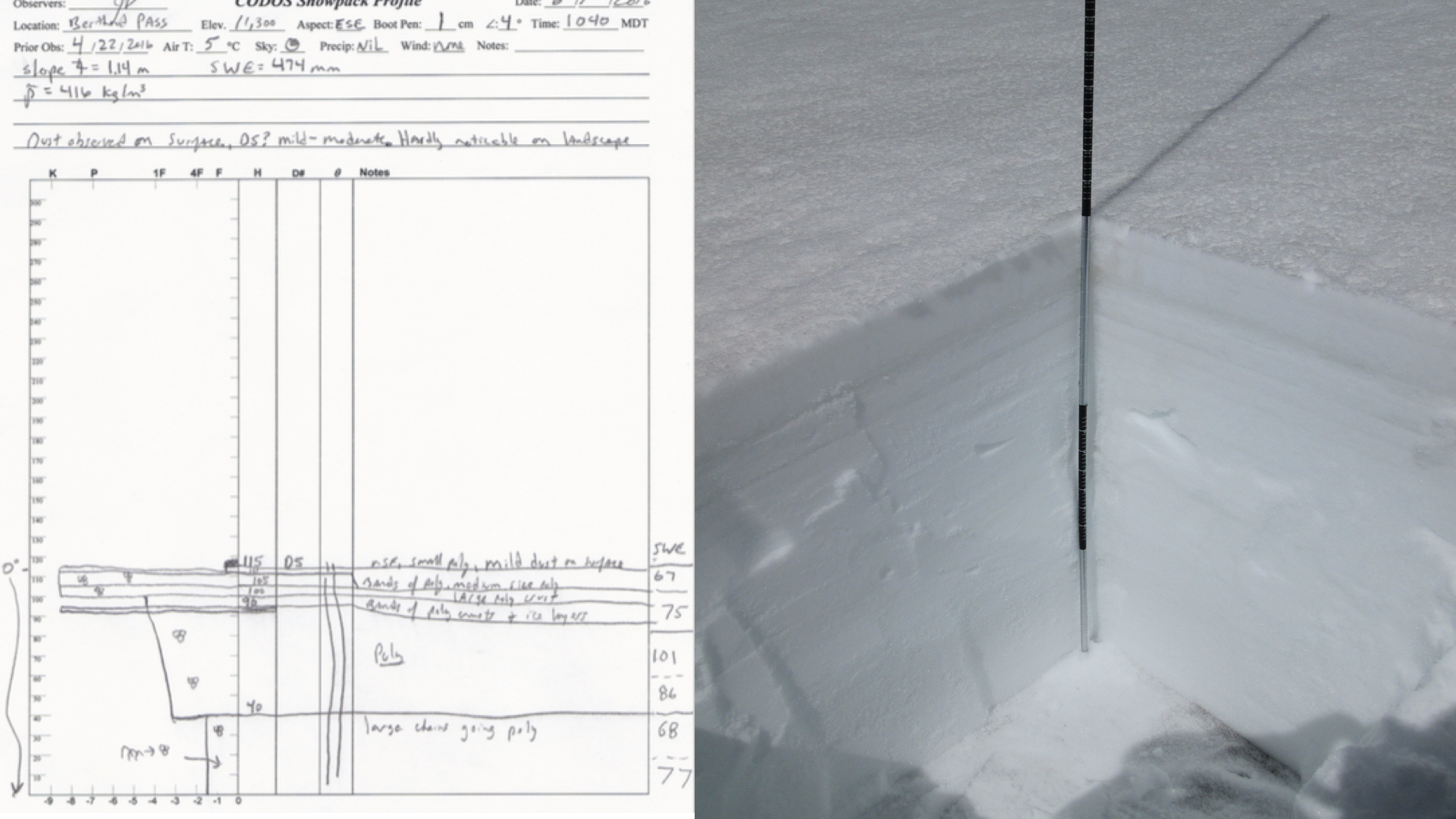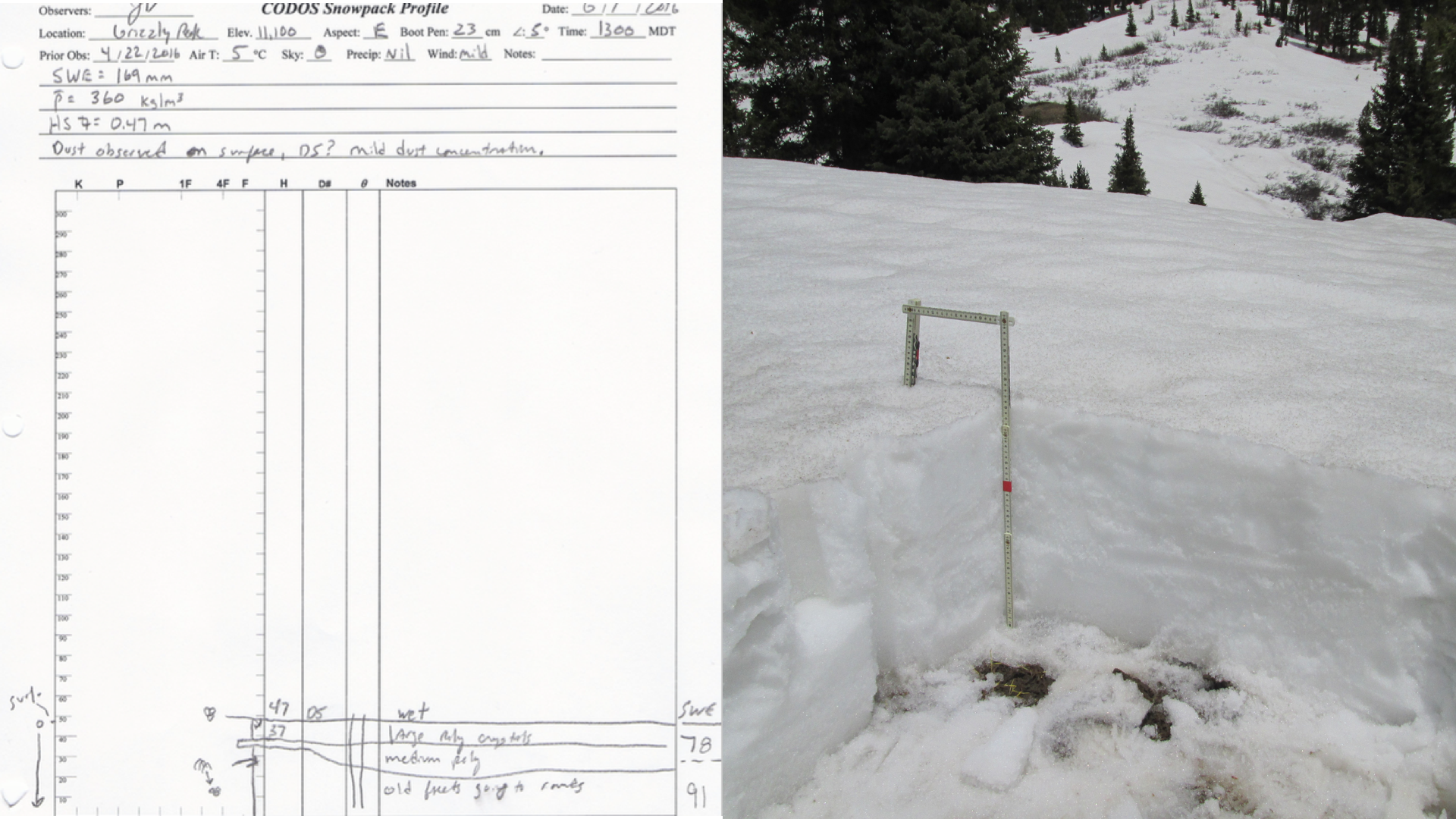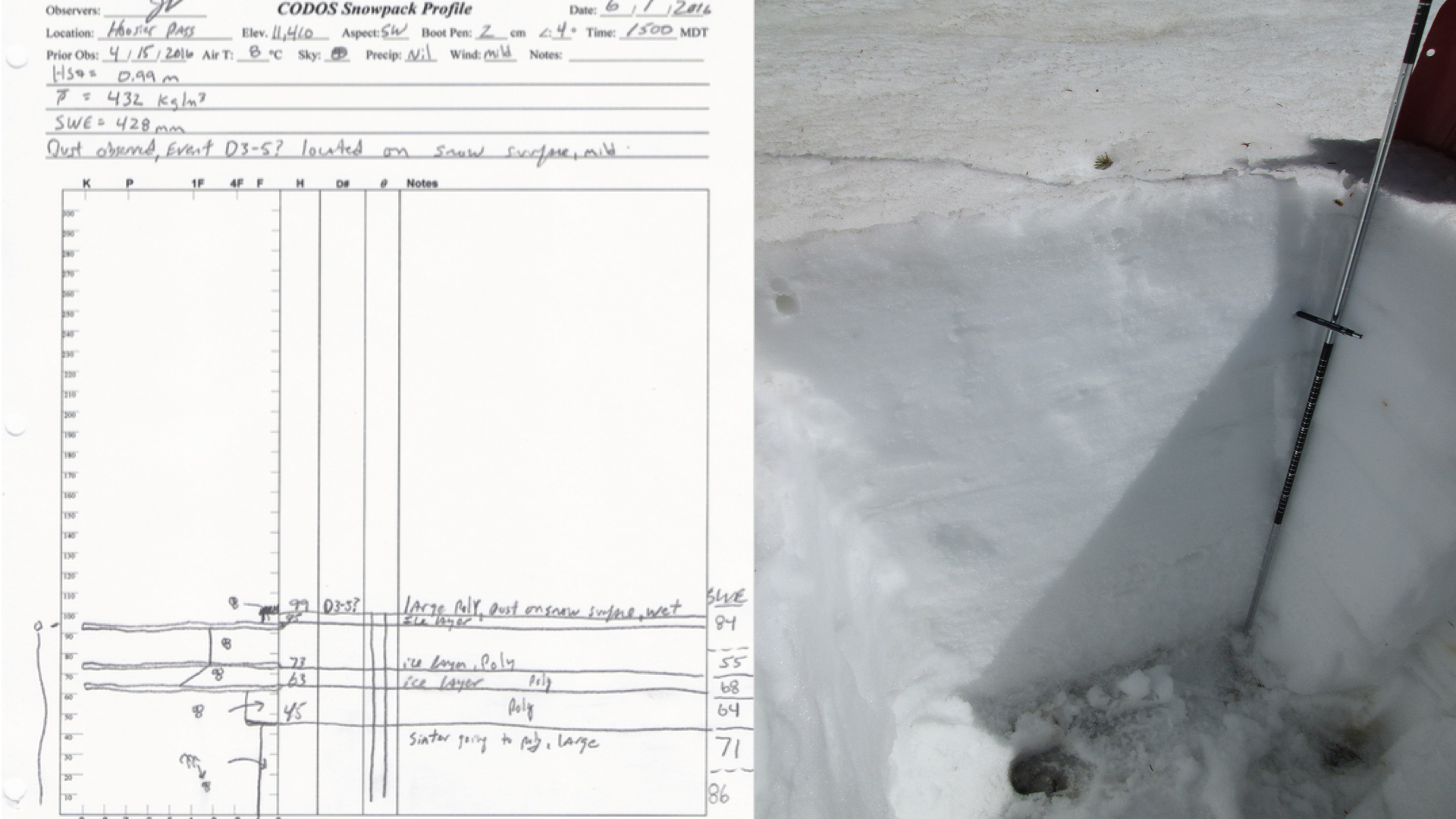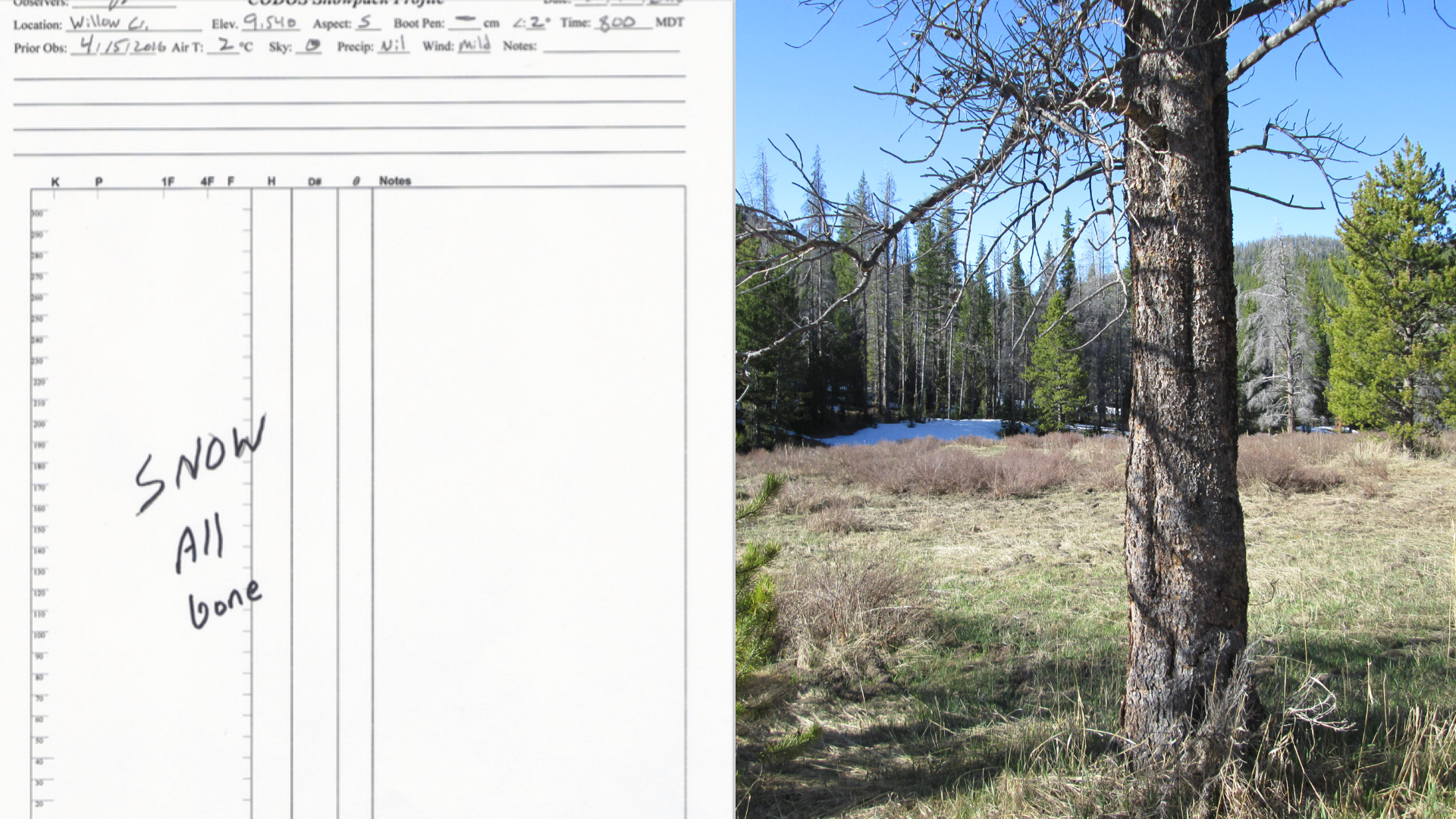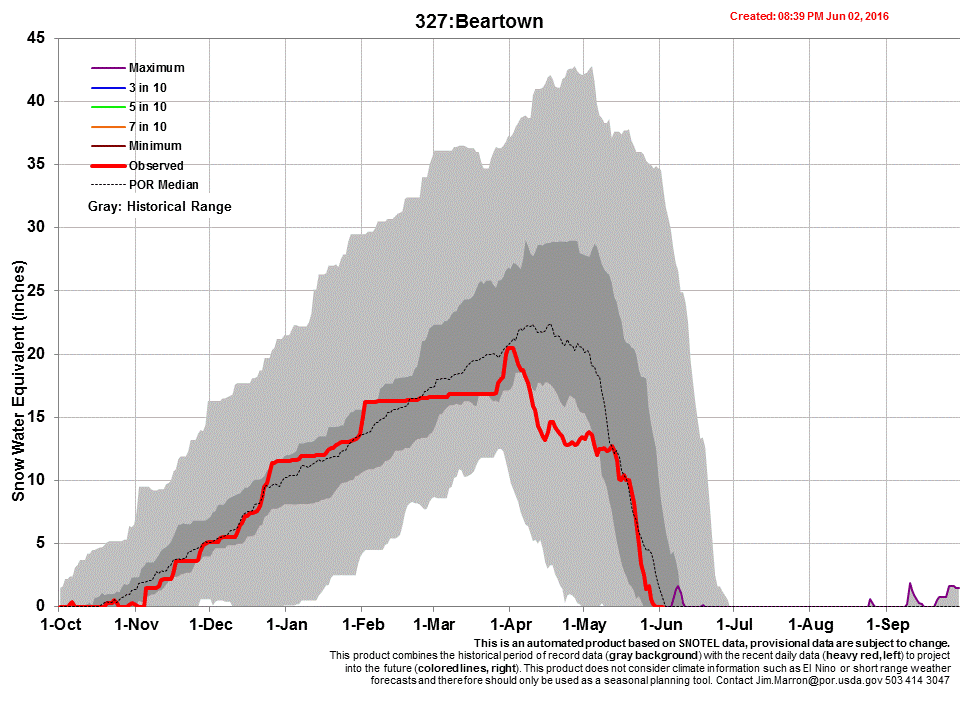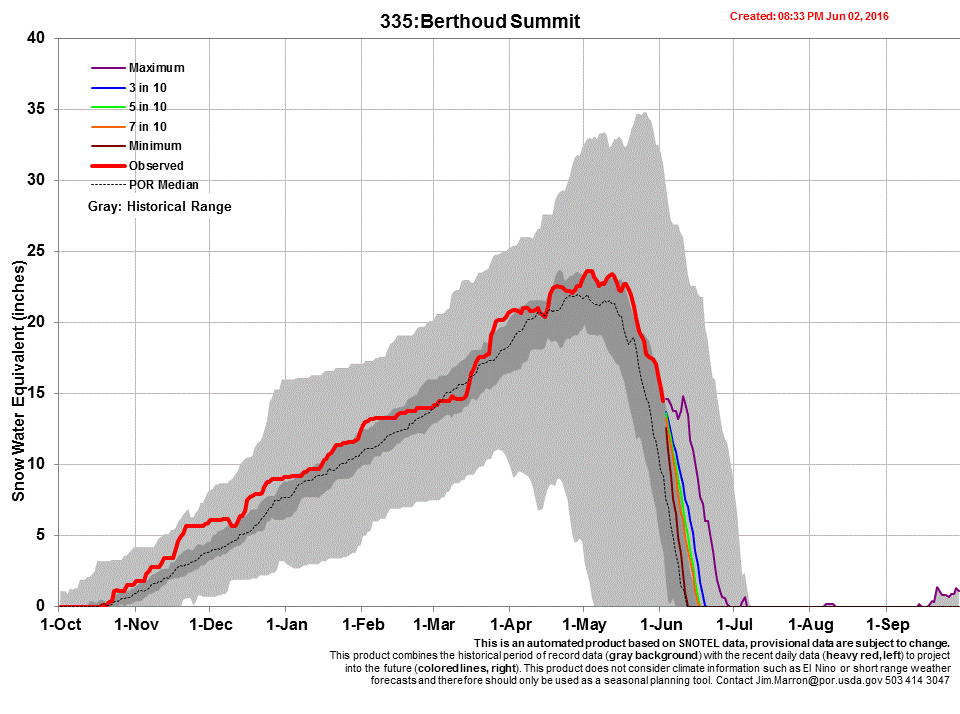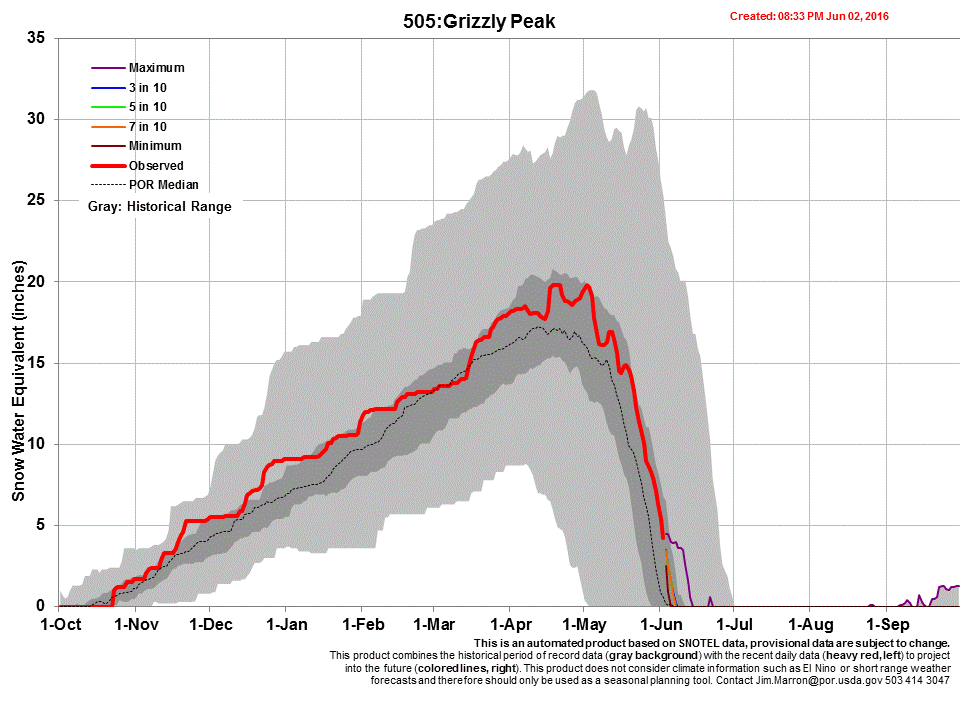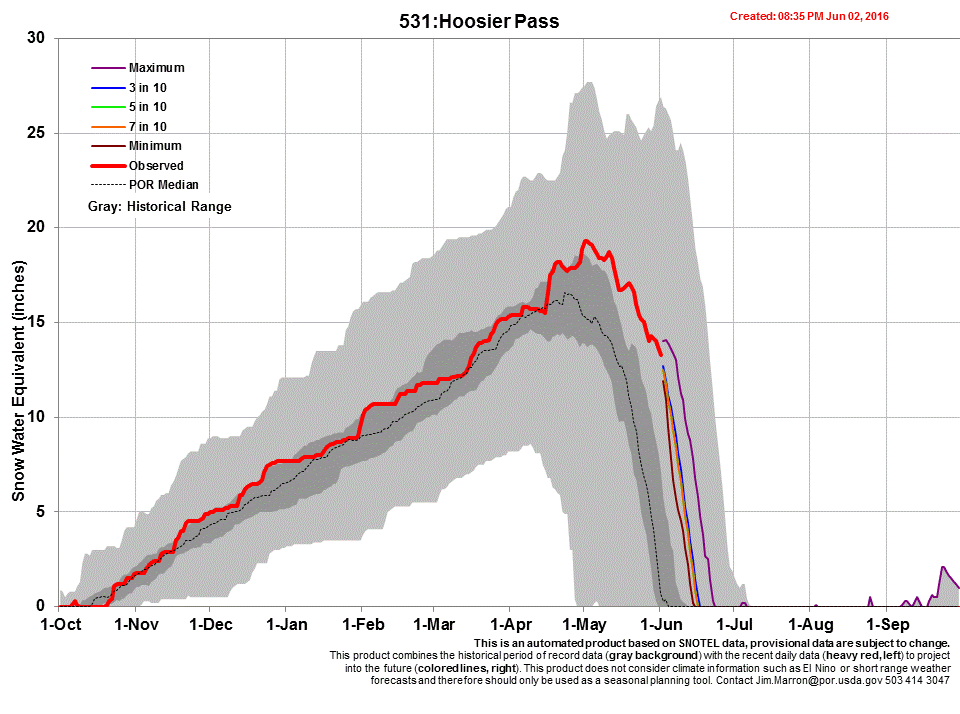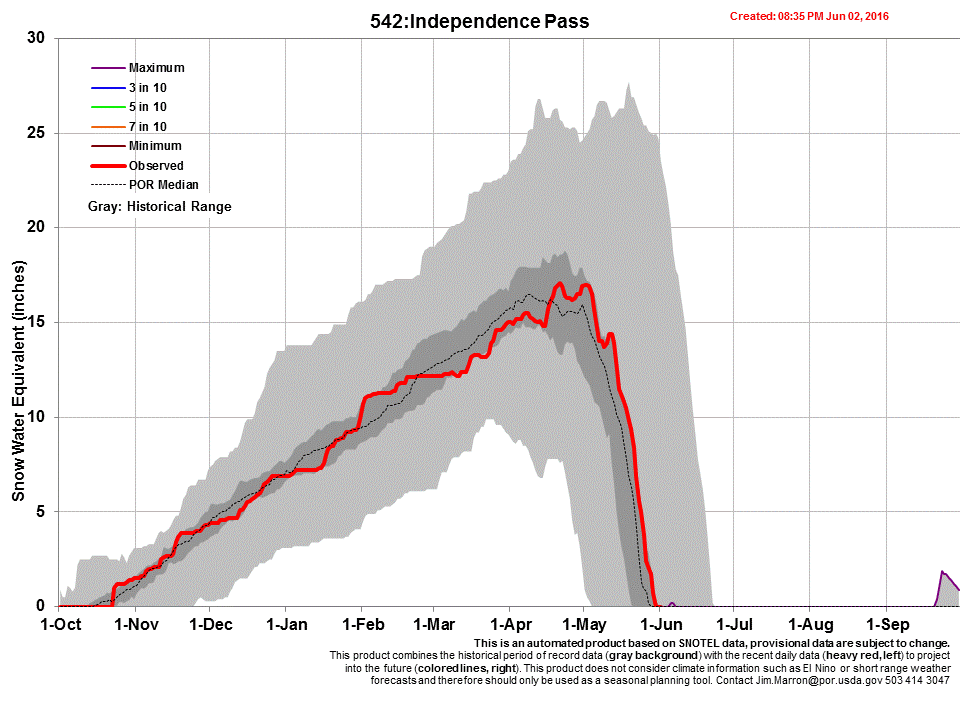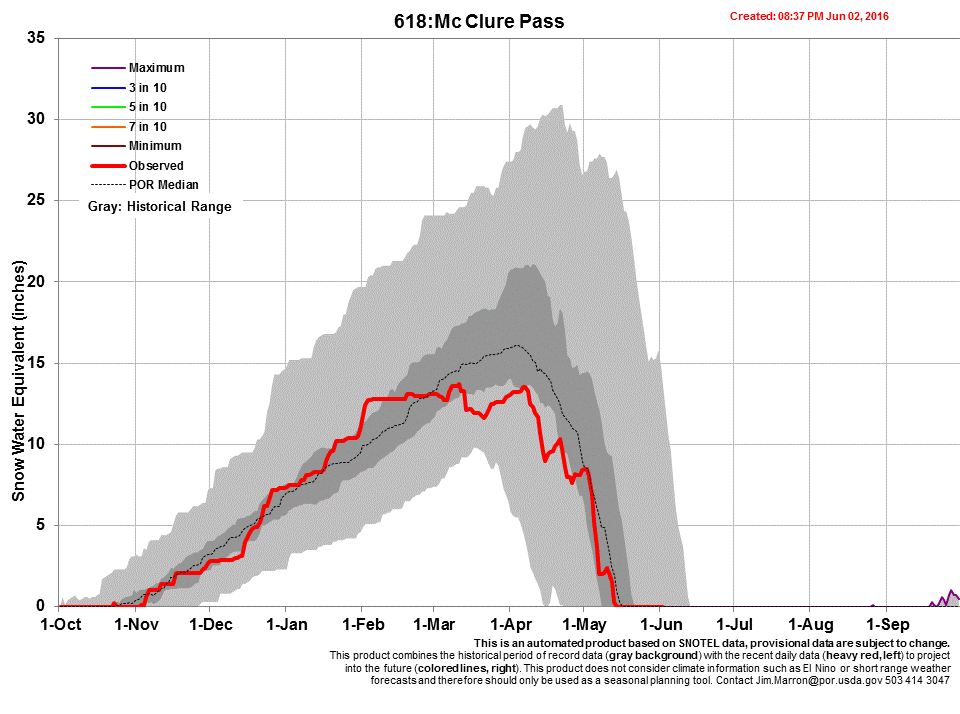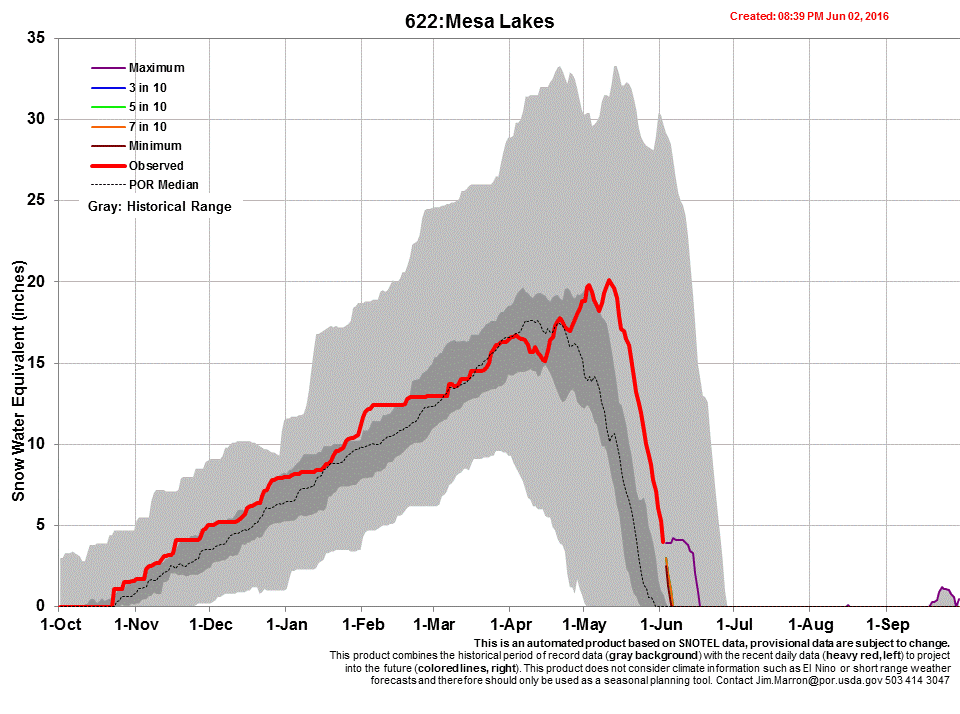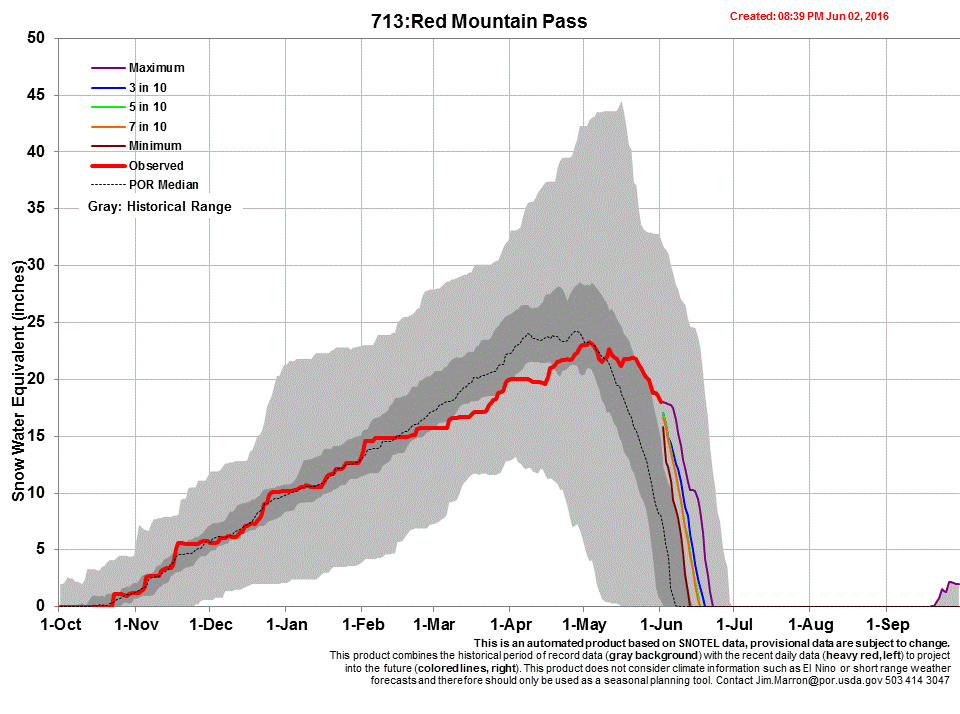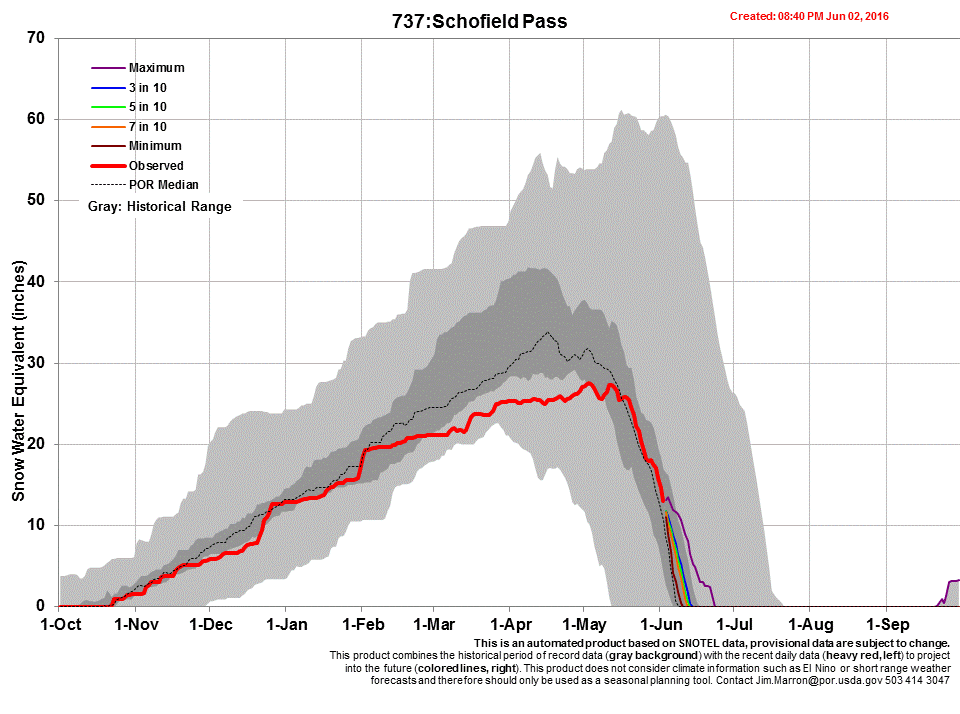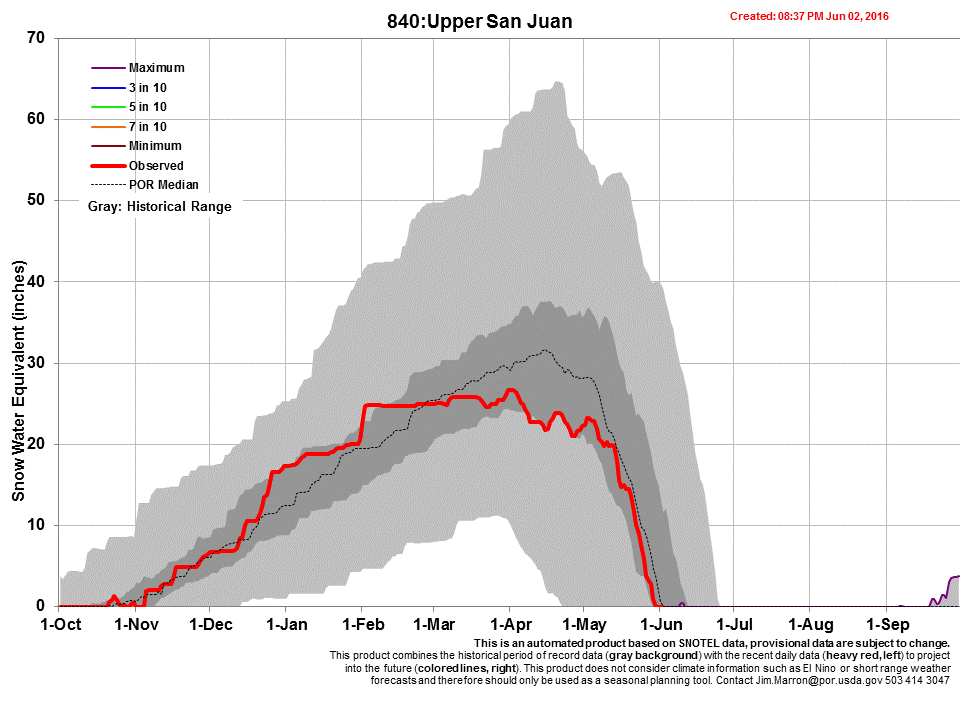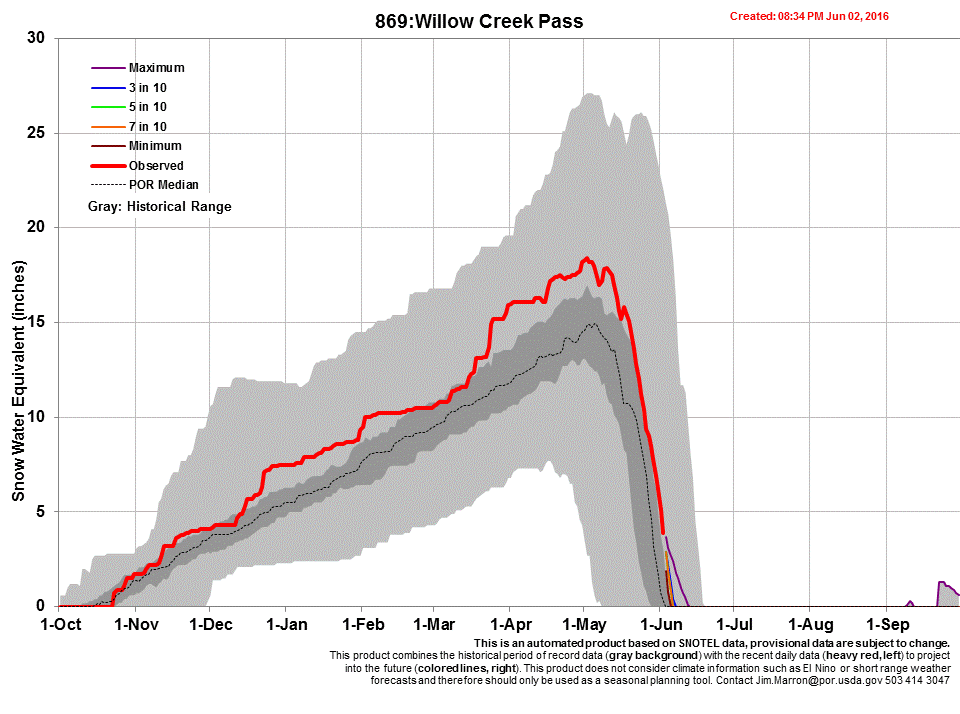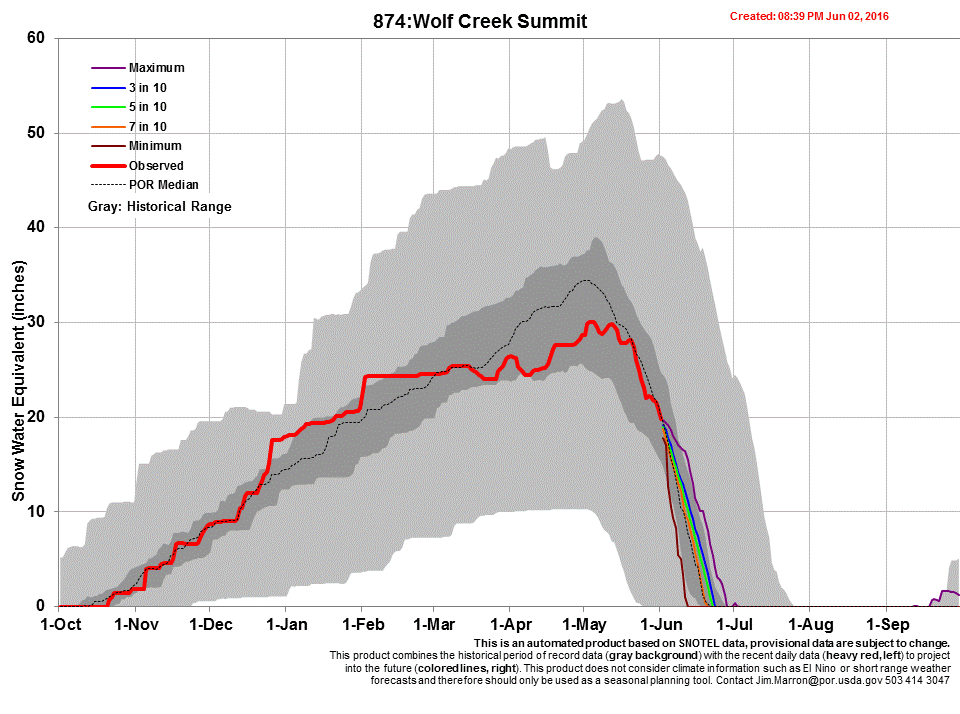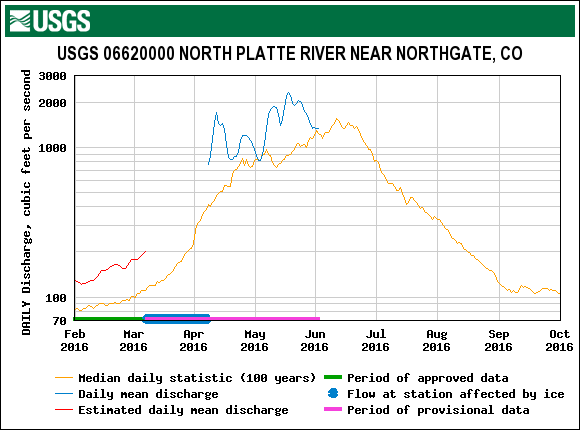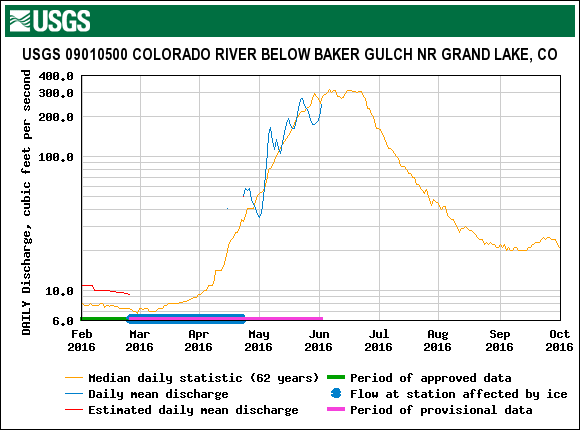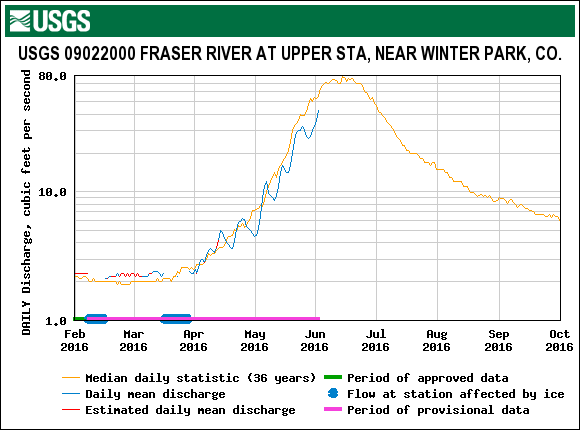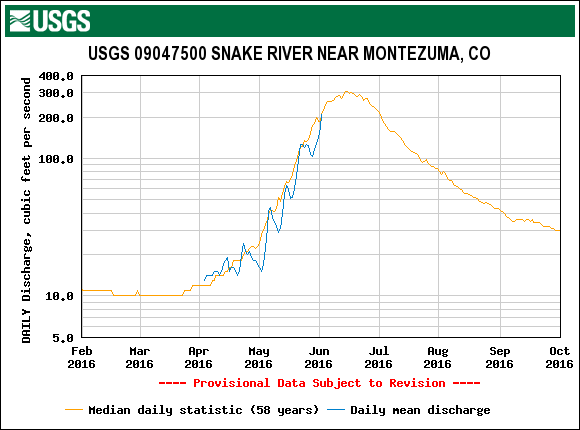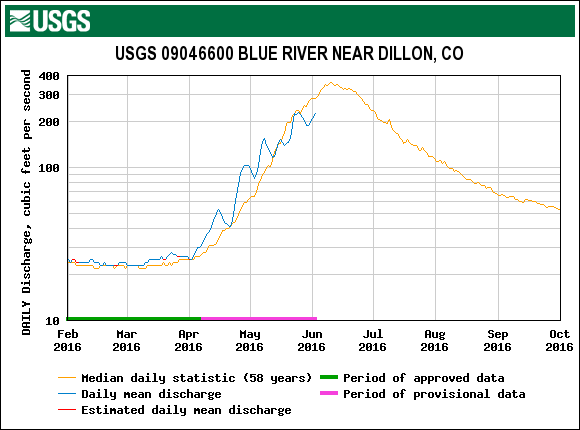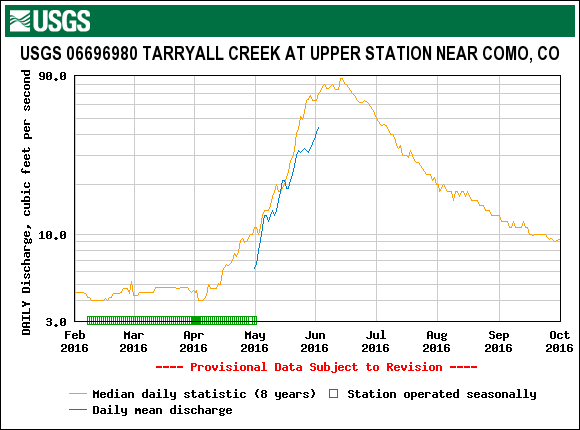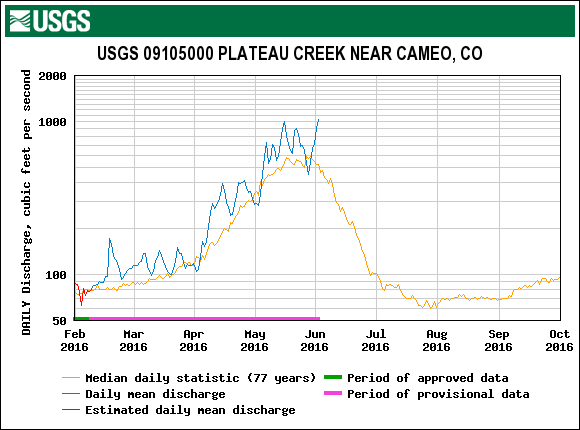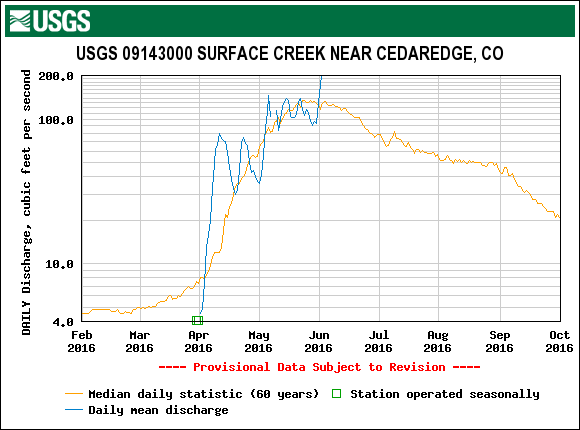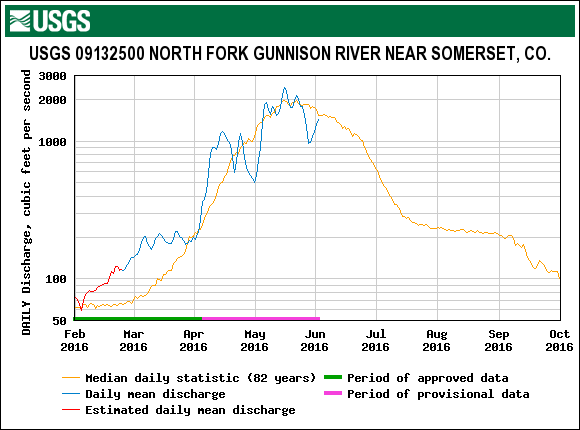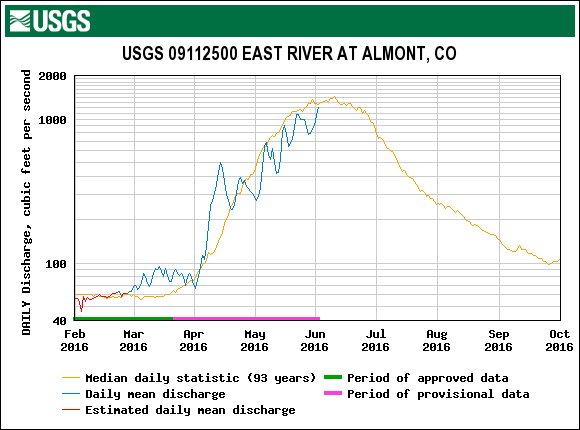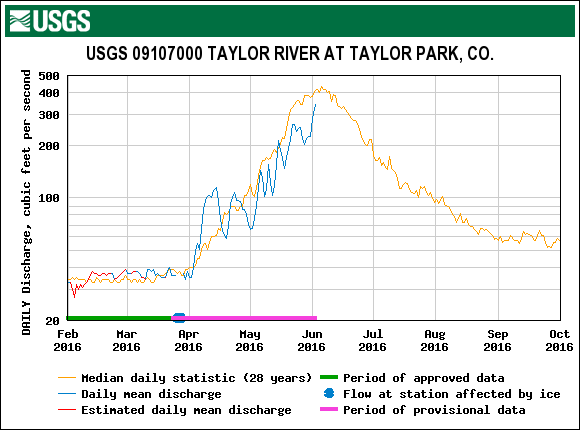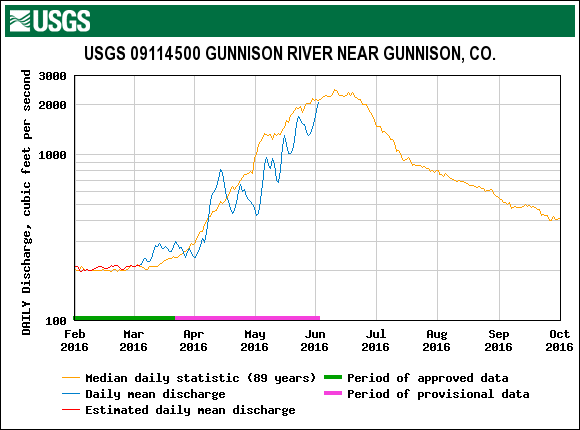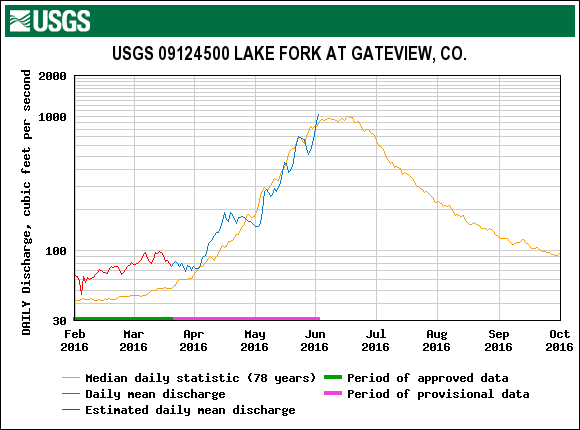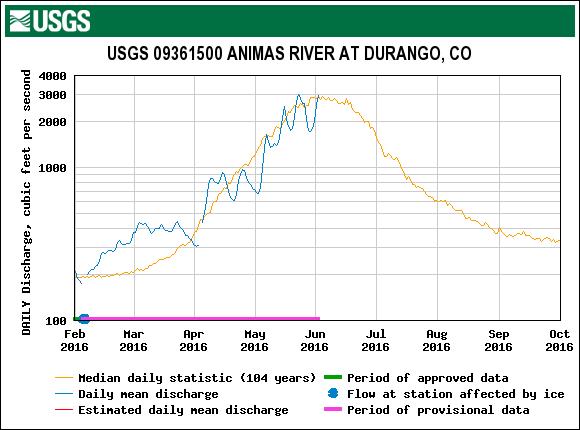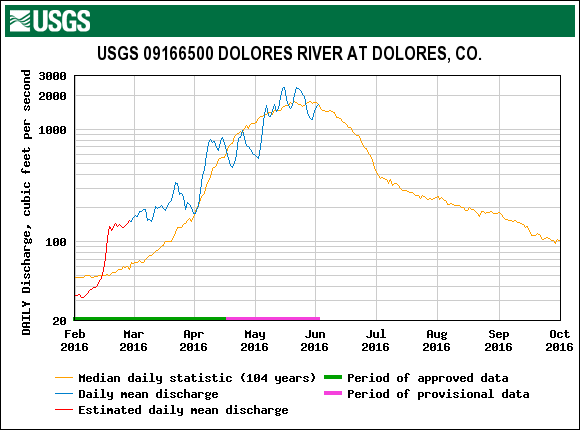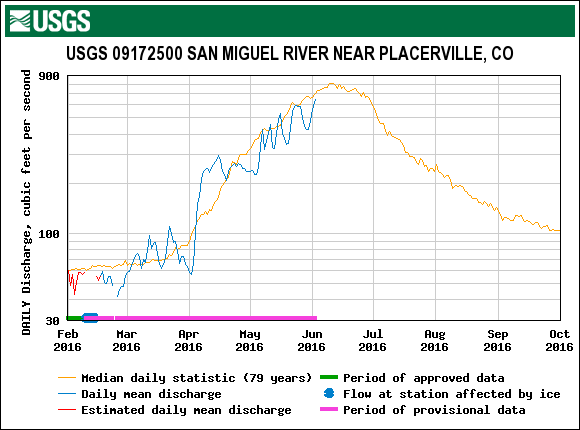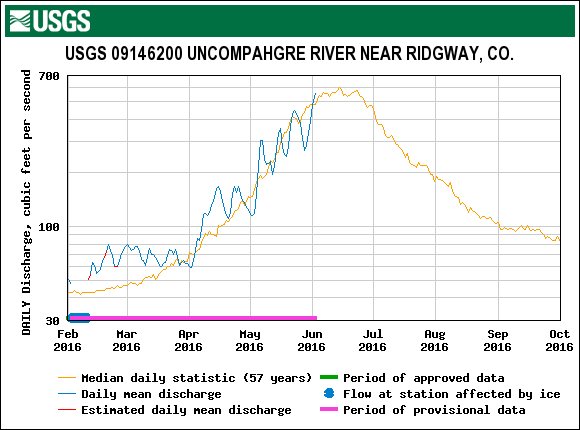Summary
The CSAS team conducted another statewide CODOS tour May 5-6. Fortunately we documented no new dust events over the last 4 weeks. So far this season we have documented a total of 4 dust events, tying WY2015 for the least number of dust events observed. However, it’s not so much the number of events that matter but the severity and timing of the events. It just takes one moderate/severe event, deposited toward the end of the accumulation season to drastically effect snowmelt timing and rate for the remainder of the snow season. So far this year, D3 (moderate) and D4 (upper end of moderate), occurred during this timeframe (March 31 and April 9), when maximum snow accumulation is largely reached in most watersheds, thereby allowing the dust to remain near or on the surface throughout ablation. And as we like to mention often, spring conditions play a large role in determining when and how long the dust is exposed. For example, since D3/D4 we have seen a number of stormy periods bringing additional snow accumulation, overcast and cooler temperatures, which temporarily cover the dust and slow snowpack warming and melt. April is typically the month where we see the most dust events, then March, then May. Even with April behind us, the dust-on-snow season is far from over. Any dust events that were to happen now would immediately be exposed, or within a couple days, on the surface of the snowpack, adding to the dust presently on snow surface, further reducing albedo and increasing snowmelt rates.
Breaking News: As of this writing a long duration dust event was observed in the Grand Junction area late afternoon on May 7th, the remnants of which have been noted in the Roaring Fork Valley. Station data in the source area show sustained wind gusts from May 6-7, and webcams indicate dust in the Monticello region. So, it looks possible dust event #5 has arrived in some locales (this morning observations at SBB reveal no new dust deposition), a day after the CODOS tour was completed (much like D4 on April 9). Expect more information as to the severity and spatial extent of this potential dust event once field data and observations are collected.
SNOTEL data indicate major Colorado basins are near their long term median SWE with streamflows, showing a spike from the hot weather these past 6 days, are still mostly considered within their median range. The forecast is calling for more variable weather with plenty of chances of precipitation with cooler temperatures. Please see streamflow and forecast discussion below.
Colorado Dust-on-Snow Conditions
Dust conditions around the state were mostly how we left it from our last CODOS tour April 7-9. Colorado has not received any new dust events over the last month, albeit we possibly experienced one or two “haze” events in some locales, which, if any minor deposition occurred at all, it would be indistinguishable from the dust already on the surface of the snowpack. To recap the four dust events this year; dust event #1 (D1) occurred on March 5, and D2 occurred on March 23, both of these events were very light and mostly unnoticeable for a few days after deposited until finally showing itself throughout the landscape. D3 came in on March 31 and classified as moderate at SASP. On April 9, the last day of our CODOS tour, a large part of Colorado received D4, which is considered to be in the upper end of moderate to lower end of severe category. D4 was a “dry” event being transported and deposited without precipitation. Dry events are characteristically deposited in preferential locations wherever the wind transports and releases the dust, such as depressions on the snow surface, leeward slopes, and treed depressions. Some locales came out of the last 10 days of April with dust layers covered under a few inches of new snow, other areas like the Rio Grande basin did not see much, or any accumulation, so dust was already exposed when the warming trend over the last few days started. Currently, at most CODOS sample sites, dust layers are now merged at the surface.
Changes in dust conditions, however, were observed at Berthoud and Willow Creek where, either through receiving indistinguishable amounts of just one dust event or all four, over time with snowmelt has allowed this light dust to coalesce at the surface, making it visible across the landscape. This dust does not change the “minimum” dust classification at these sites, but will play its usual role in reducing albedo and increasing the amount of solar energy absorbed into the snowpack. In the table below we summarize snowpack and dust conditions as well as provide plausible prior year hydrographs, updated from what was reported last month, that might help shed light on what to expect the remainder of this snowmelt season. Links to these hydrographs are available at the bottom of this report.

